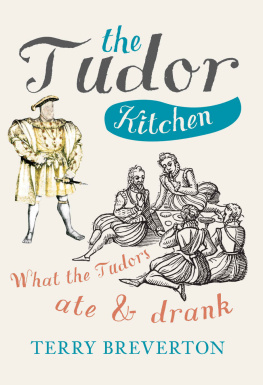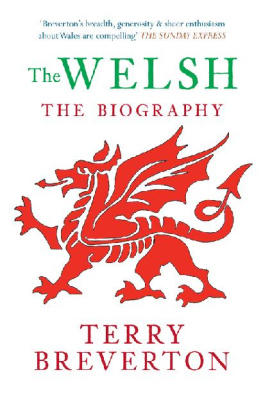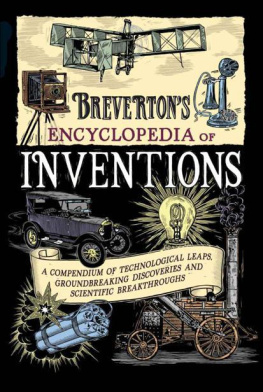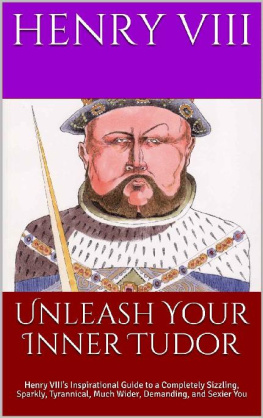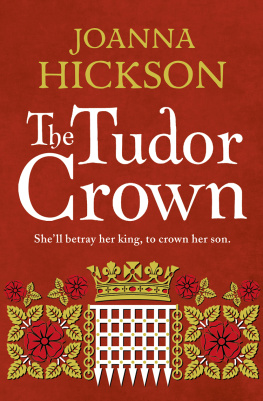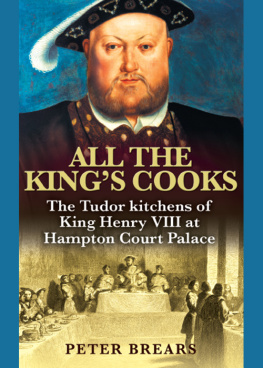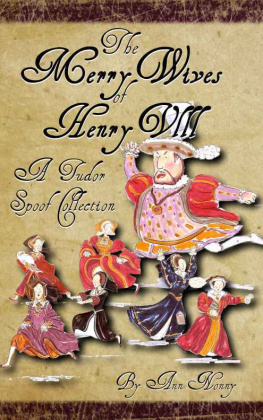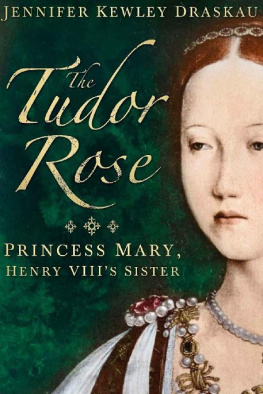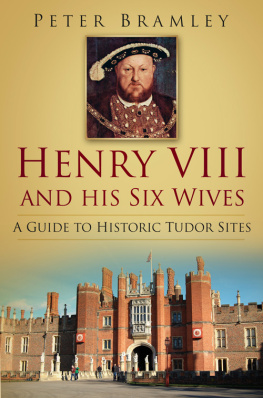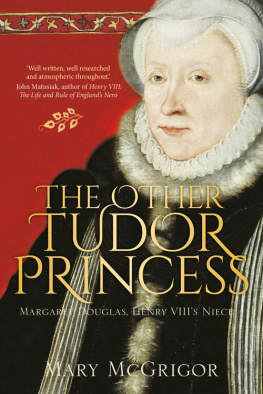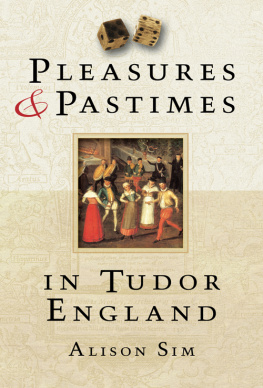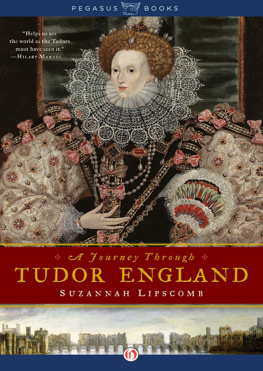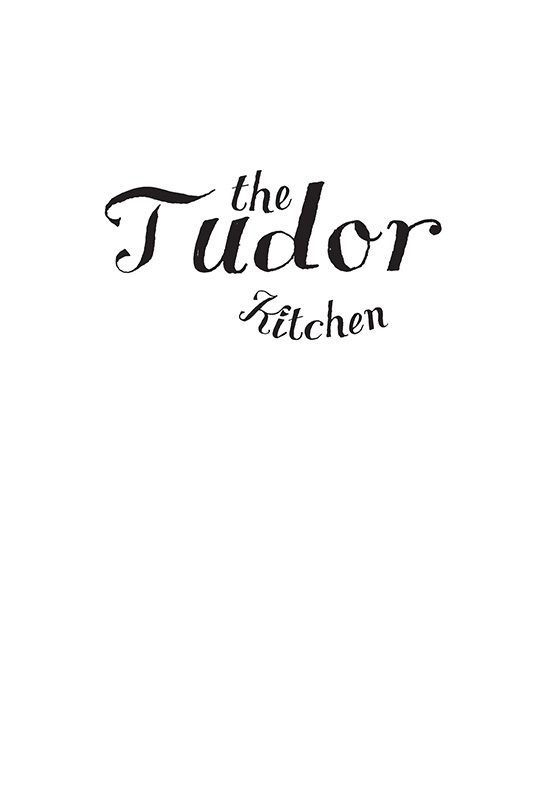First published 2015
Amberley Publishing
The Hill, Stroud
Gloucestershire, GL5 4EP
www.amberley-books.com
Copyright Terry Breverton, 2015
The right of Sara Cockerill to be identified as the Author of this work has been asserted in accordance with the Copyrights, Designs and Patents Act 1988.
All rights reserved. No part of this book may be reprinted or reproduced or utilised in any form or by any electronic, mechanical or other means, now known or hereafter invented, including photocopying and recording, or in any information storage or retrieval system, without the permission in writing from the Publishers.
British Library Cataloguing in Publication Data.
A catalogue record for this book is available from the British Library.
ISBN 9781445648743 (PRINT)
ISBN 9781445600000 (eBOOK)
Typesetting and Origination by Amberley Publishing.
Printed in the UK.
Contents
Introduction
Good husband and housewife, now chiefly be glad
Things handsome to have, as they ought to be had,
They both do provide against Christmas do come,
To welcome their neighbour, good cheer to have some;
Good bread and good drink, a good fire in the hall,
Brawn pudding and souse, and good mustard withal.
Beef, mutton, and pork, shred pies of the best,
Pig, veal, goose, and capon, and turkey well dressed;
Cheese, apples, and nuts, jolly carols to hear,
As then in the country is counted good cheer.
What cost to good husband is any of this,
Good household provision only it is;
Of other the like I do leave out a many,
That costeth the husbandman never a penny.
Thomas Tusser, Five Hundred Points of Good Husbandry (1557)
Did you ever wonder what the Tudors ate and drank? This book gives us an overview of the very fabric of Tudor life, for both rich and poor. The age saw an amazing variety of new dishes, many of which have been taken from contemporary sources for this cookbook. As well as giving us interesting and useful recipes, the book tells us to forget popcorn when being entertained by Shakespeares plays, theatregoers enjoyed vast quantities of oysters, crabs, cockles, mussels, periwinkles and whelks, as well as walnuts, hazelnuts, raisins, plums, cherries, dried figs, peaches, elderberry and blackberry pies and sturgeon steaks. Among the Tudor courts food purchases, in just one year, we count 8,200 sheep, 2,330 deer and 53 wild boar, plus thousands of birds such as peacock, heron, capon, teal, gull, shoveler, quail, pheasant, swan and cygnet.
Part 1 of the book explains how the Tudors farmed their animals and cereals, with the majority of the population having a monotonous diet with very little meat or fish. The first three chapters describe Tudor farming, food and drink, and the differences between diets and the classes. The fourth chapter informs us about the great kitchens such as Hampton Court and the fifth tells us of royal feasts and etiquette, and helps us understand how Henry VIII went from a thirty-two-inch waist aged thirty, to a fifty-four-inch waist aged fifty-five.
Part 2 gives us around five hundred recipes of the times, which can be tried by curious or enterprising readers. There are some astonishing combinations of flavours, and Tudor cuisine is something we are only now coming to appreciate. Of course, these surviving recipes were predominantly for the middle and upper classes. Many have been updated to give modern measures and ingredients, and all can be replicated and/or modernised. Some of the recipes date from the fifteenth century, and a few from just after the Tudor dynasty, but all were consumed during the Tudor age of 1485 to 1603. The Tudor idea of courses is different to our own, but I have attempted to place them as starters, main courses, side dishes, sweet courses, snacks, preserves and sauces, although there is an overlap among categories. There is also a chapter on dishes that could appear disgusting to todays reader but are nevertheless interesting and entertaining.
In many cases the original recipe has been given with its source, and explanatory notes have been added to elucidate any text. The Tudor dynasty saw the first printed cookery book, followed by many others, but they were used as aide-memoires by professional cooks, so they do not have accurate quantities of ingredients. I have sometimes tried to indicate quantities, and used a mixture of decimal and pre-decimal measurements, as the over-sixties (including myself) are far more acquainted with the latter. However, many of the dishes are for the reader to experiment with, as no cooking times or quantities were given. Englands greatest dynasty oversaw not only a Renaissance in the arts, but in cuisine, to which this book hopefully attests.
Part 1
The Tudor Diet
1
Tudor Farming
England and Wales were predominantly rural and agricultural, and at the beginning of the sixteenth century very few English towns had more than a few thousand people. Most of the population lived in small villages and made their living from farming. Production of food was the main economic activity, and the most important event of the year was the harvest, but harvests were especially bad in 15546 (during Mary Is brief reign) and 15947. London was vastly larger than any other English city, with a population of over 50,000 in the early sixteenth century. Only a very small proportion of the population lived in urban areas, and in 1520 the only cities outside London with over 7,000 inhabitants were Exeter, Bristol, Salisbury, Norwich, York and Newcastle. Those with over 4,000 people were Oxford, Gloucester, Colchester, Worcester, Coventry, Lynn, Yarmouth and Shrewsbury. Although the overall population doubled in the sixteenth century to about 4 million people, settlements other than London remained small.
A major effect of the twofold rise in population was a general increase in prices, especially of food. During the sixteenth century food prices rose fivefold, while prices of industrial manufactures only doubled. Rising food prices hurt both those on fixed incomes and those without enough land to supply their own needs. However, owners of large farms were able to take advantage of rising prices, and by increasing efficiency began to maximise profits. The introduction of new crops, and their periodic rotation, increased the long-term fertility of fields. Each year tenants might cultivate only two-thirds of the land, letting the other third lie fallow so it could recover its fertility. Manor lands were thus farmed using the three-field system, with one field devoted to winter crops, another to summer crops, and a third lying fallow each year. Alternatively one field was used for grain, one for hay and a third left fallow, which was often sown with a legume which would be ploughed under to enrich the soil with nitrogen. Agricultural innovation increased productivity per acre, and the reclamation of marginal land through channelling marshes and draining fenland brought more land into productive use. A wealthy landowning middle class emerged, focussed upon gaining more estates by marriage into other such families.
The four most popular grains cultivated were wheat, barley, rye and oats. Wheat was most valued because it had the gluten content necessary to make better bread. All four could be sown in autumn for harvest the following summer. However, this winter crop could be lost to an icy winter or a storm-ridden spring, so to ensure a harvest farmers would plant a second crop in the spring. This crop would not produce as much as it had not had as much time to grow, but was necessary security. The grain was planted as soon as the primitive wooden ploughs could scratch the soft ground, usually in March, and would be harvested in early autumn.

